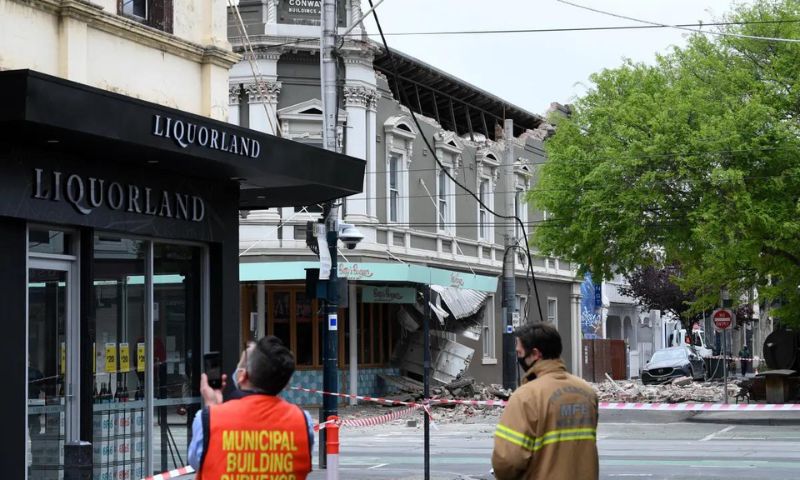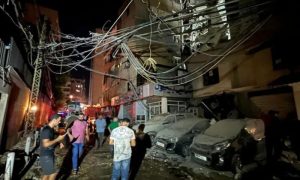MELBOURNE: Melbourne, Australia’s most populous city, experienced a rare and shallow earthquake on Sunday, marking the largest seismic event in over a century.
The 3.8-magnitude quake, centered in the northwestern suburb of Sunbury, rattled buildings but resulted in minimal damage. According to Geoscience Australia, the government agency responsible for monitoring earthquakes, the tremor occurred at 11:41 pm local time at a depth of 2 kilometers (1.24 miles).
Preliminary data suggests that this earthquake was the most significant within a 40-kilometer radius of Melbourne since a magnitude 4.5 quake in 1902. Reports of the earthquake flooded in, with Geoscience Australia receiving over 21,000 accounts from individuals who felt the tremors.
The shockwaves were reportedly sensed as far away as Bendigo, approximately 150 kilometers north of Melbourne, and Hobart, located on the island of Tasmania to the south. While some residents described the shaking as resembling a plane crash, others noted the swaying of high-rise buildings.
No Threat of Tsunami After Earthquake
Despite these accounts, the earthquake caused only minor damage and no casualties have been reported. The Bureau of Meteorology confirmed via Twitter that there was no threat of a tsunami resulting from the quake. However, emergency services cautioned residents about potential aftershocks.
Australia, situated within the Pacific Ring of Fire, experiences less frequent seismic activity compared to regions with highly active tectonic plate boundaries. Nonetheless, the continent occasionally encounters earthquakes due to plate movements.
In 2021, Victoria experienced a magnitude 5.9 earthquake that caused minor structural damage in Melbourne, despite occurring nearly 200 kilometers away from the city. The recent earthquake serves as a reminder of the unpredictable nature of geological events and highlights the importance of preparedness in regions where seismic activity is less common.























